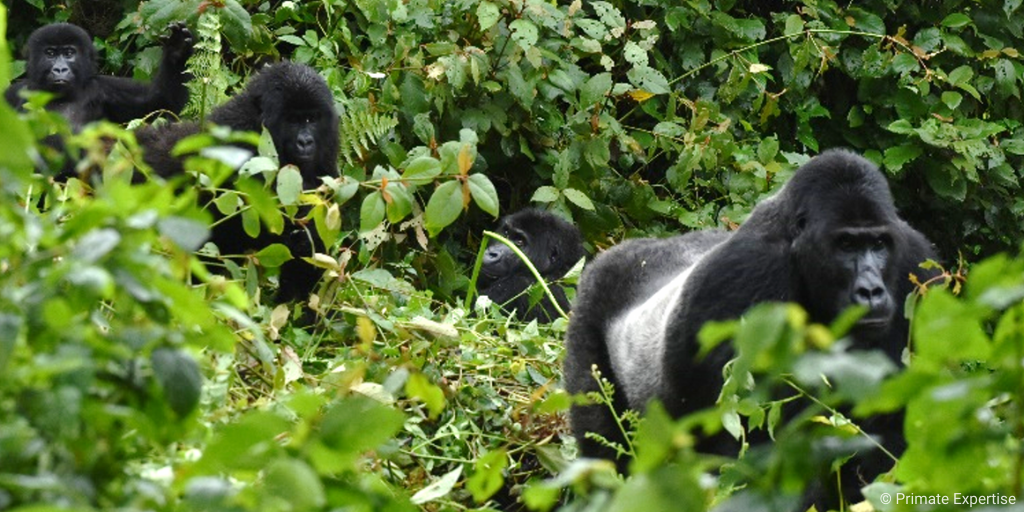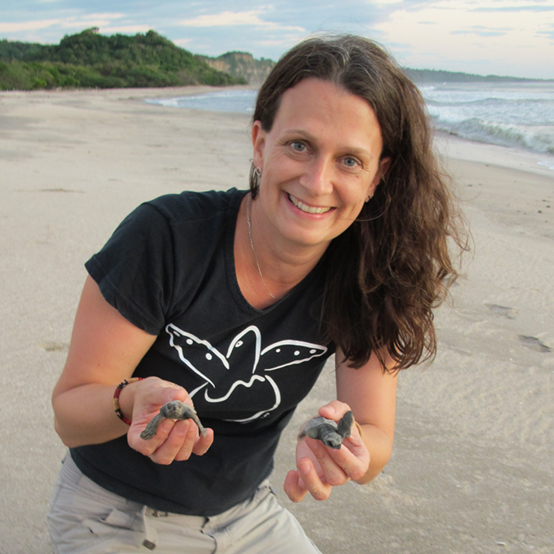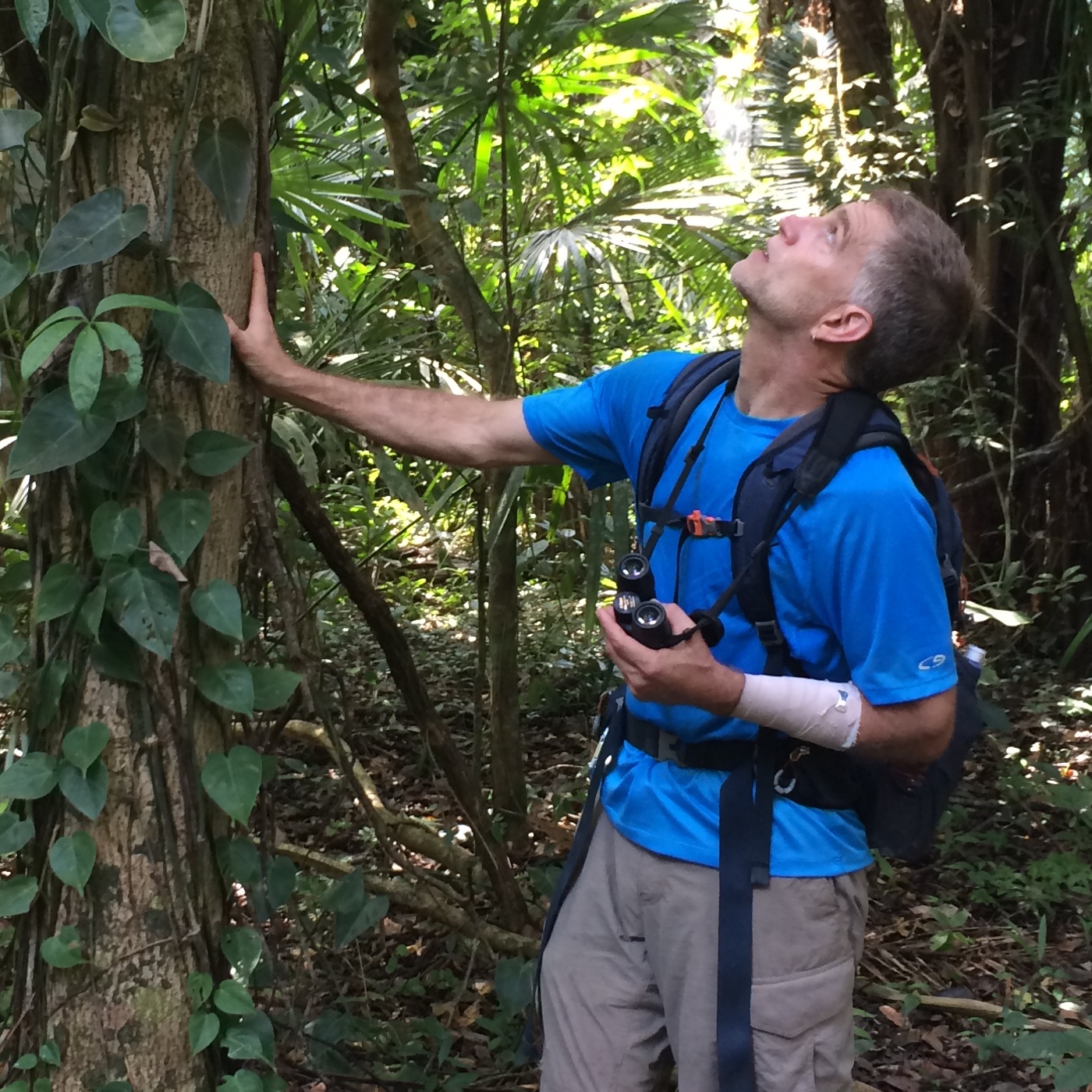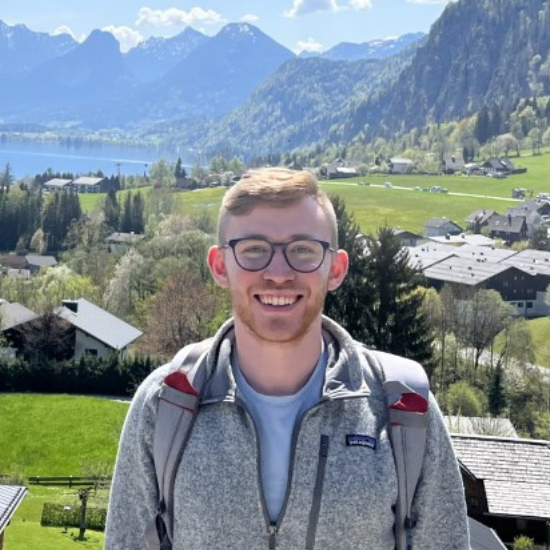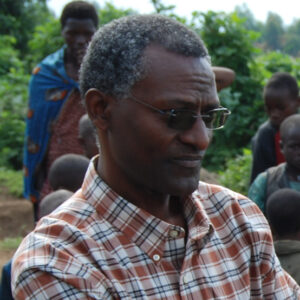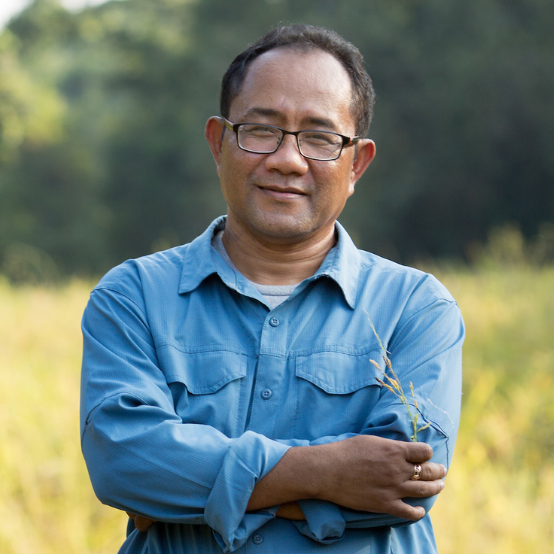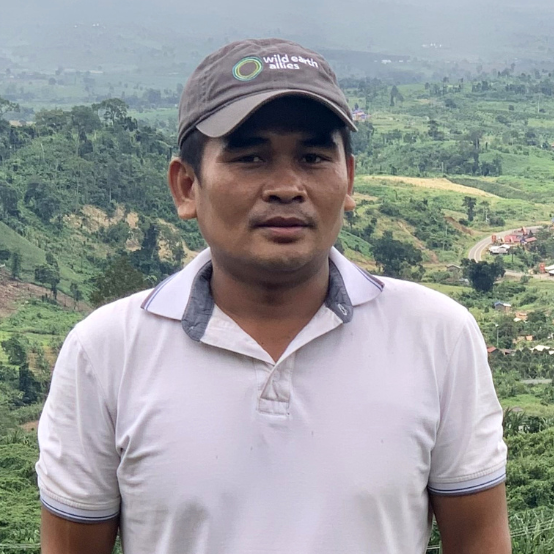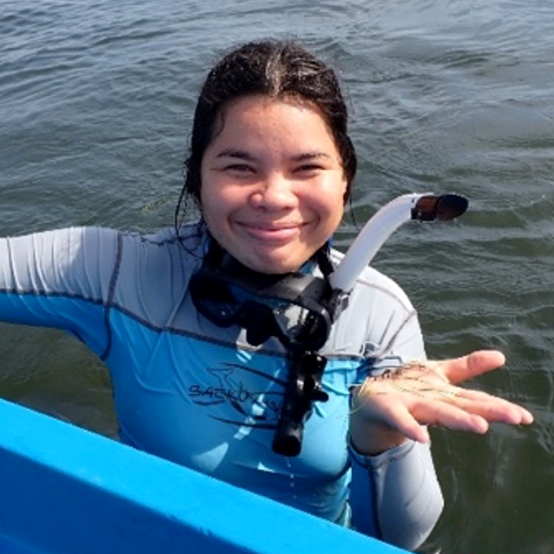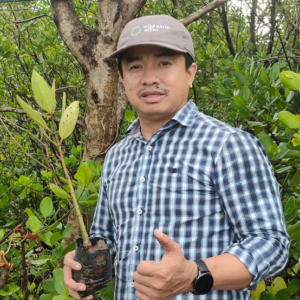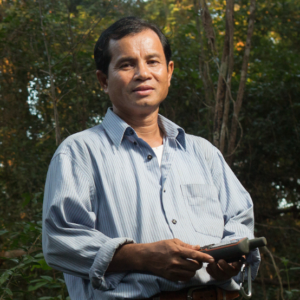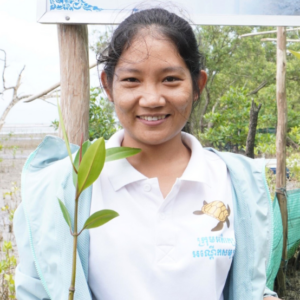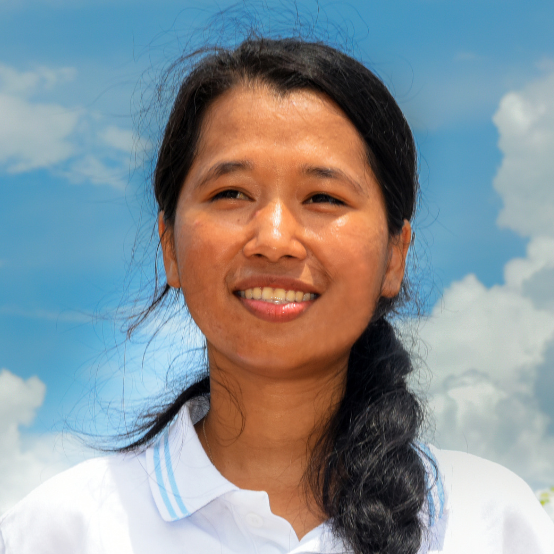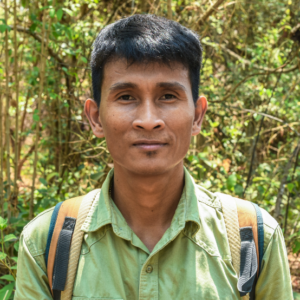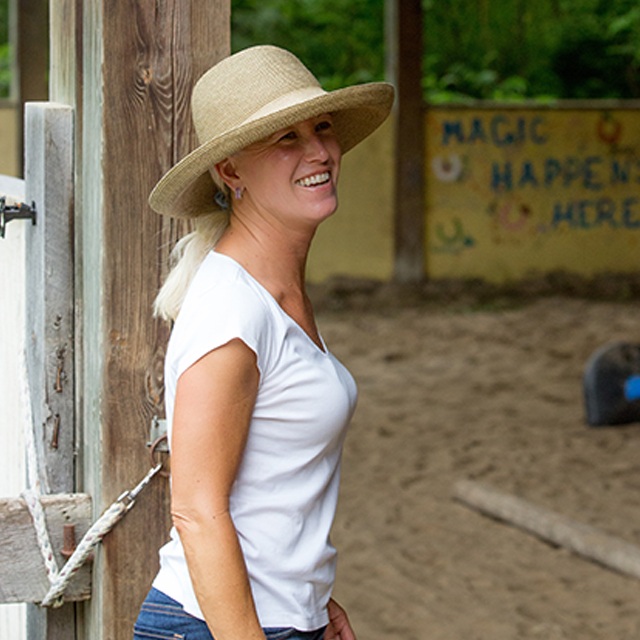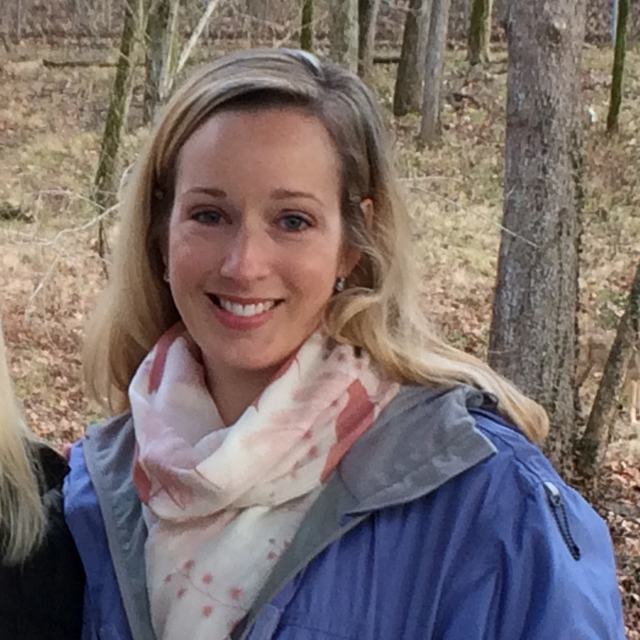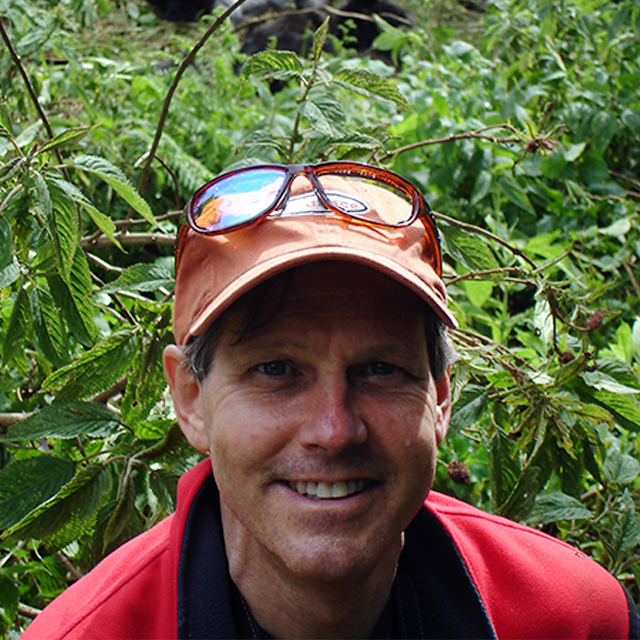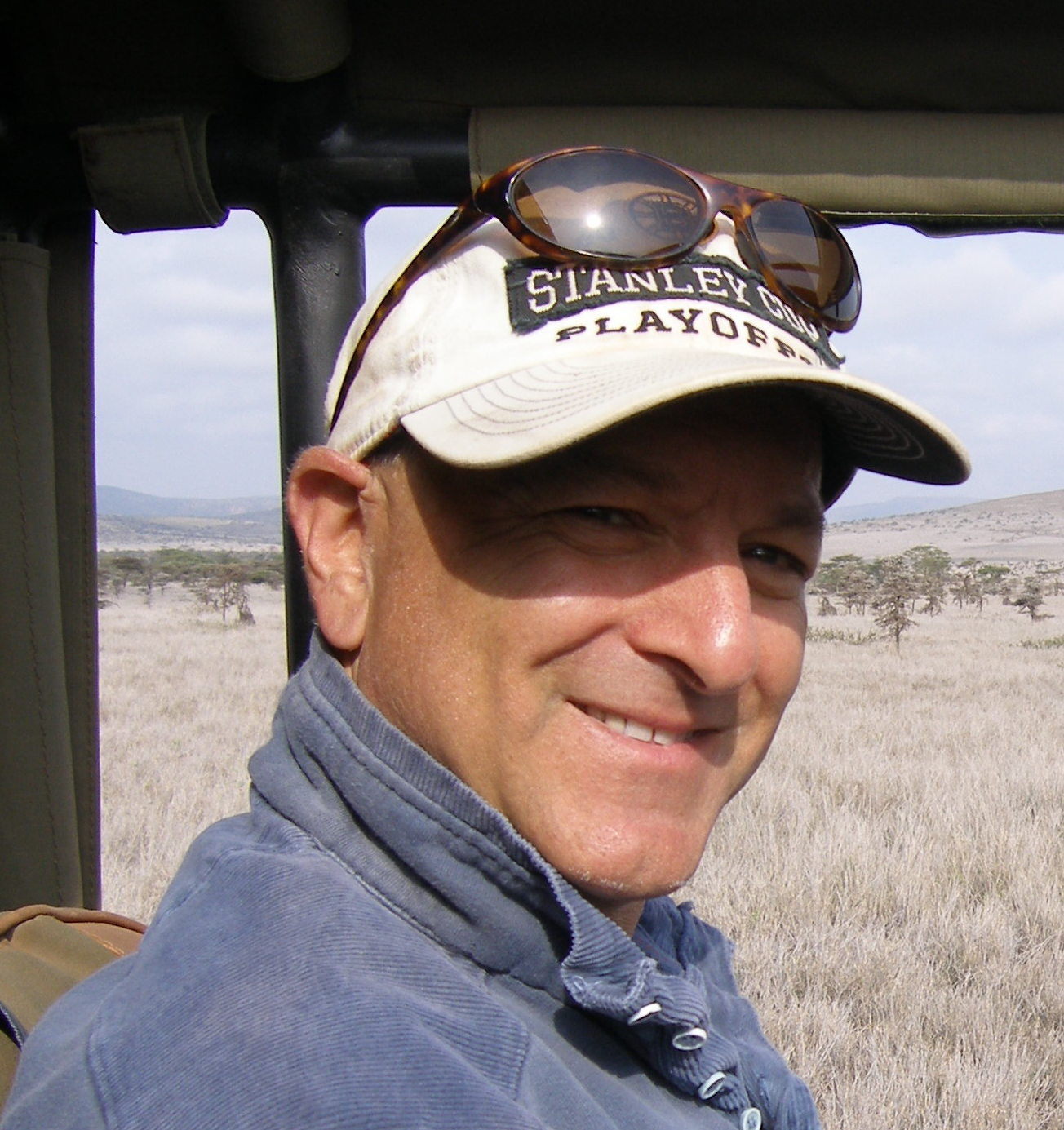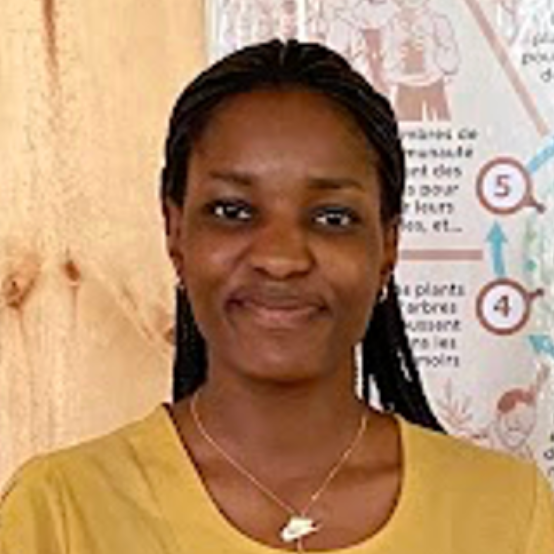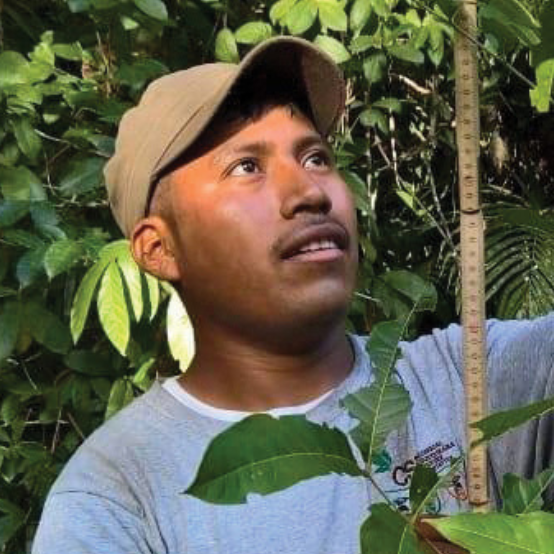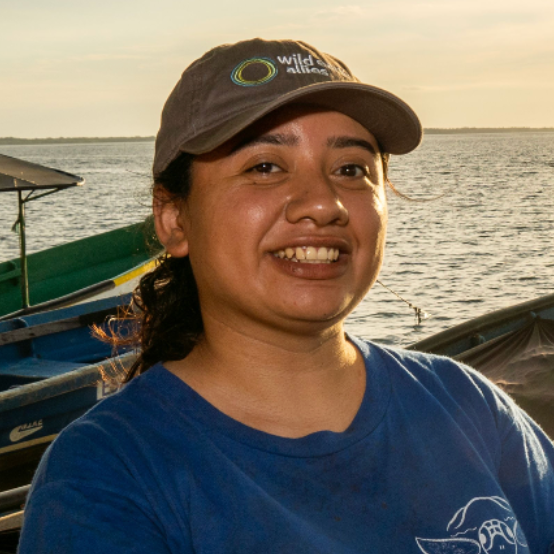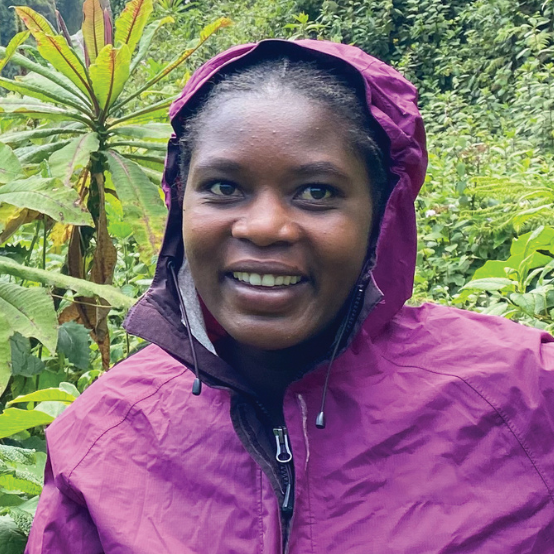Wild Earth Allies is proud to partner with Dr. Augustin K. Basabose and his team at Primate Expertise in the Democratic Republic of the Congo (DRC). Together, we protect Grauer’s gorillas and other wildlife in ways that enhance community livelihoods. Our collaboration is built on decades of great ape conservation experience.
In the DRC, gorilla tourism provides essential revenue for parks, communities, and conservation efforts. Our partner Primate Expertise recently habituated a new family group of Grauer’s gorillas in Kahuzi-Biega National Park. Following two years of strong work by the habituation team, the Mpungwe gorilla group is ready to receive tourists.
Grauer’s gorillas are highly social animals who live in family groups ranging in size from five to 35 individuals. Groups are led and protected by a dominant silverback and typically include a few unrelated females and their young. The Mpungwe group consists of 19 gorillas, including one silverback, two blackbacks, five adult females, five juveniles, and six babies. It is one of 14 gorilla groups followed daily by park rangers in the upland sector of the park—a priority area for Grauer’s conservation and the focus of our work with Primate Expertise. The Bonane and Nabanga gorilla groups currently receive tourists in the area.
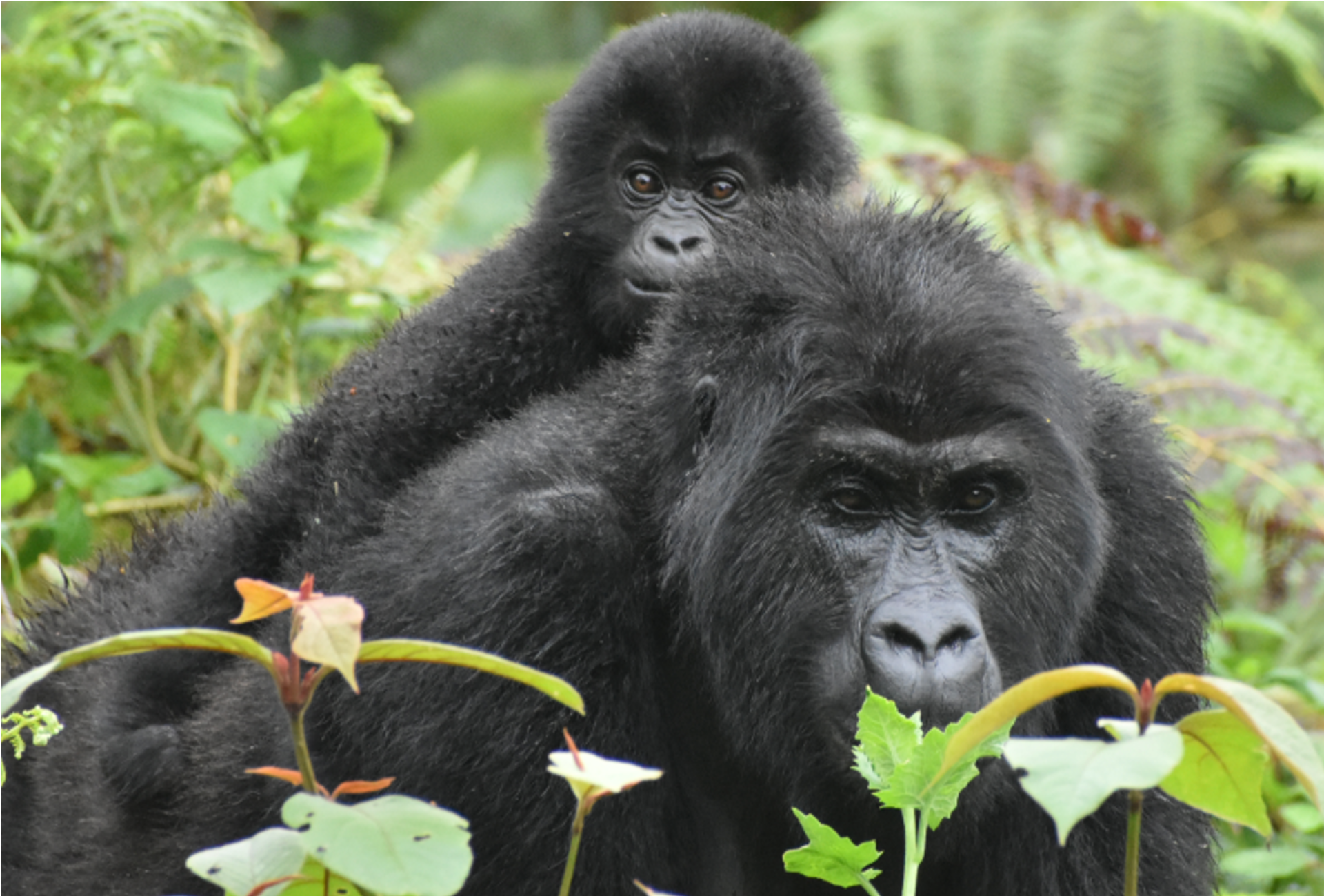
An adult female and baby Grauer’s gorilla in the Mpungwe group (Photo by Marcel Bibyento)
Grauer’s Gorillas at Risk
Kahuzi-Biega National Park and surrounding community areas are home to the world’s largest remaining population of Grauer’s gorillas. As a critically endangered species, Grauer’s gorillas need urgent and sustainable conservation action. Their numbers have declined by at least 58% since 1995 due to regional conflict, widespread habitat loss, and poaching. As of 2021, the global population of Grauer’s is estimated at 6,800 individuals.
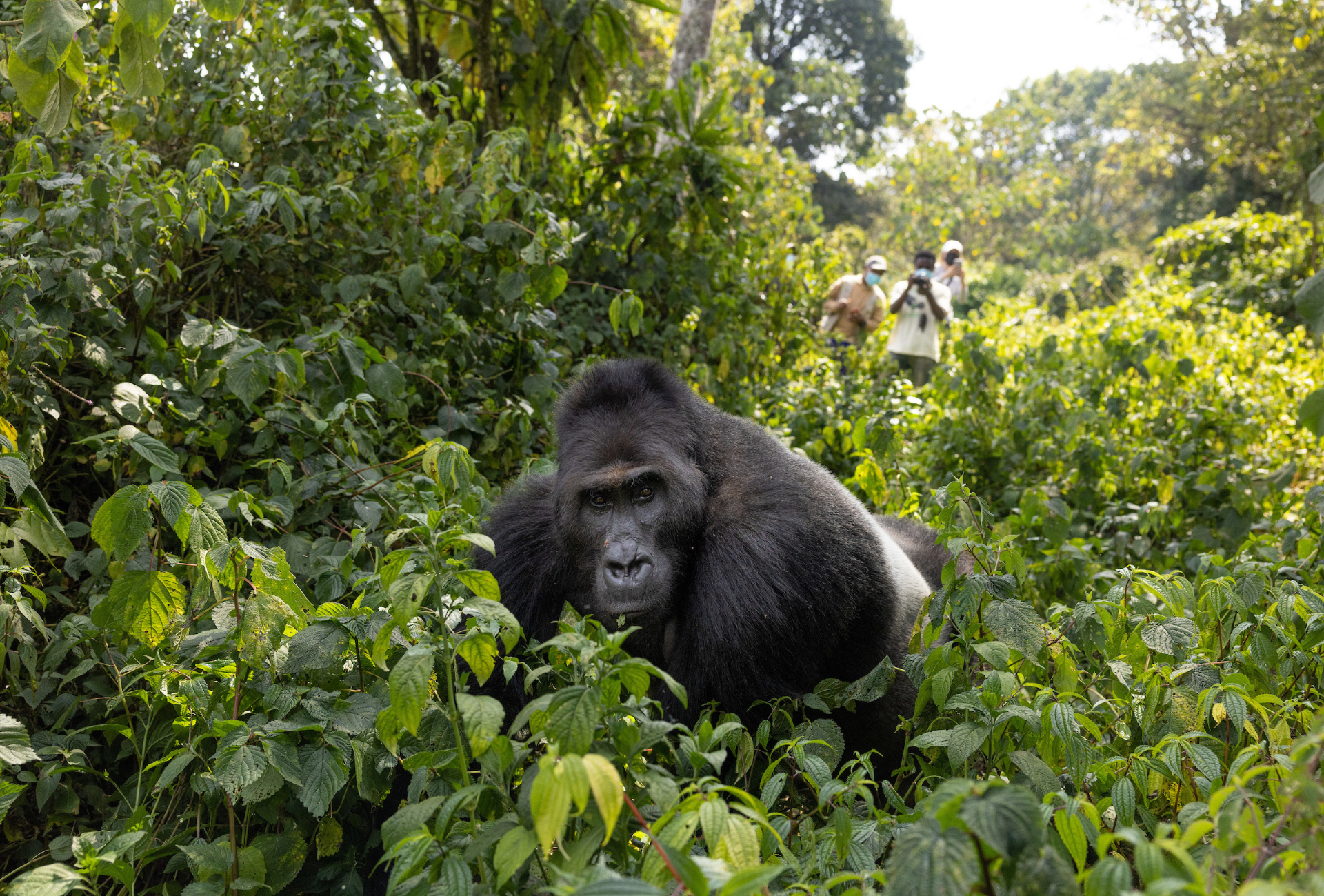
A group visits the Bonane gorilla family in Kahuzi-Biega National Park (Photo by Allison Shelley)
Since 2017, the population of Grauer’s gorillas in our project area has increased by an estimated 10 percent. No gorillas have been lost to snaring, and we have recorded 15 gorilla births.
How Ecotourism Benefits Gorillas and People
Gorilla tourism is credited with helping to bring mountain gorillas back from the brink of extinction. In the 1980s, fewer than 400 mountain gorillas remained in the wild. Today, they number over 1,000 and are the only great ape with a growing population.
Wild Earth Allies and Primate Expertise are working to extend this success story to Grauer’s gorillas. Kahuzi-Biega National Park pioneered gorilla tourism in the 1960s, and it remains an essential revenue source for the park. The benefits of a growing tourism program in the park include:
- Sustained revenue to support conservation and community livelihoods
- Improved long-term viability of gorilla and primate tourism
- Increased capacity for park management and revenue sharing with surrounding communities
- Enhancement of the park’s profile on the global stage
- Increased global interest in Grauer’s gorillas and their conservation
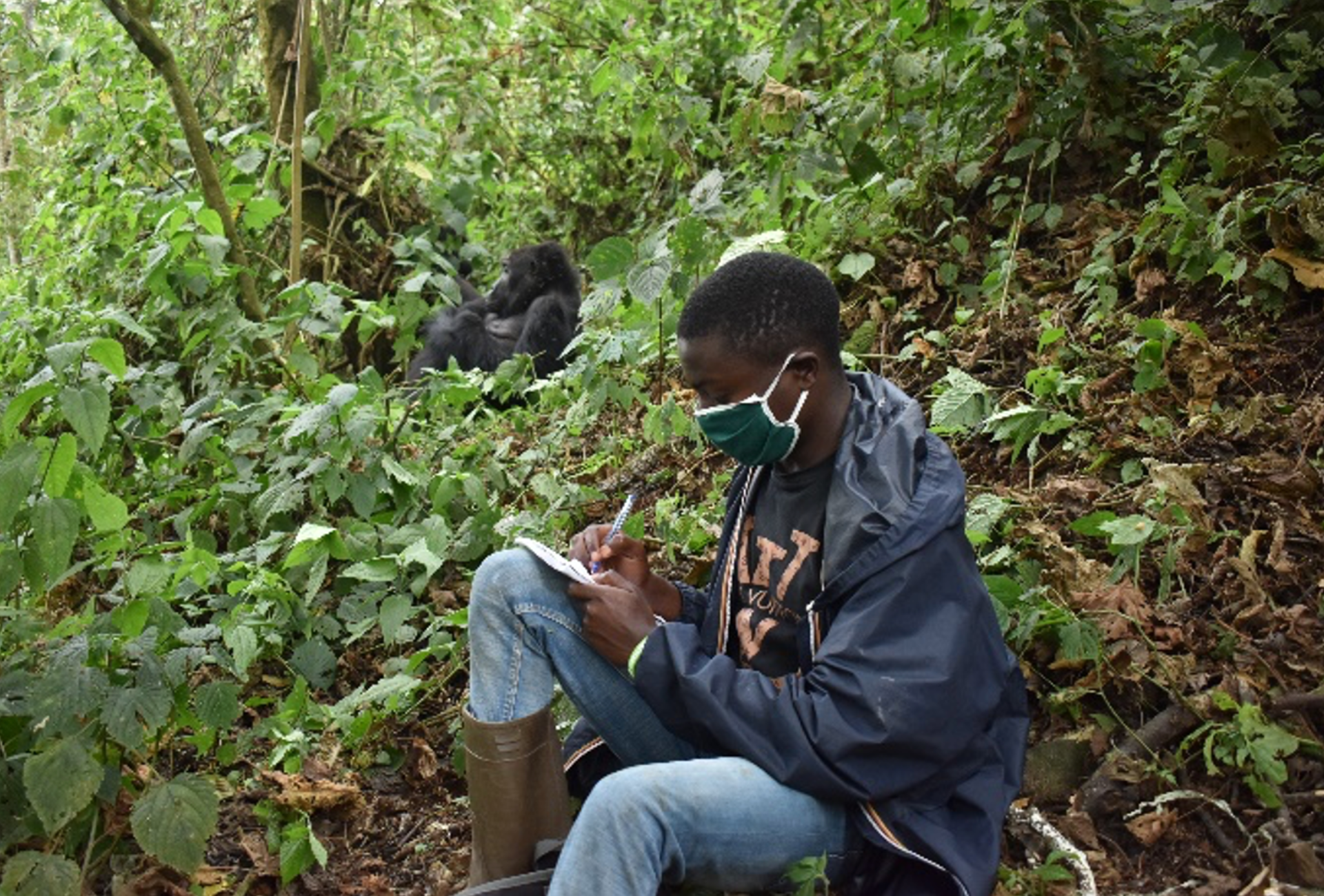
Collecting data during gorilla habituation in Kahuzi-Biega (Photo courtesy of Primate Expertise)
The Gorilla Habituation Process
A Grauer’s gorilla group must meet several criteria to be considered for habituation:
- The presence of a silverback between 15–20 years old
- The display of normal social dynamics, such as group protection by males
- Individuals of varying ages—including babies, juveniles, and adults—which improves the tourist experience
- A home range within a one- to two-hour walk from the park headquarters and within the park’s tourist visitation area
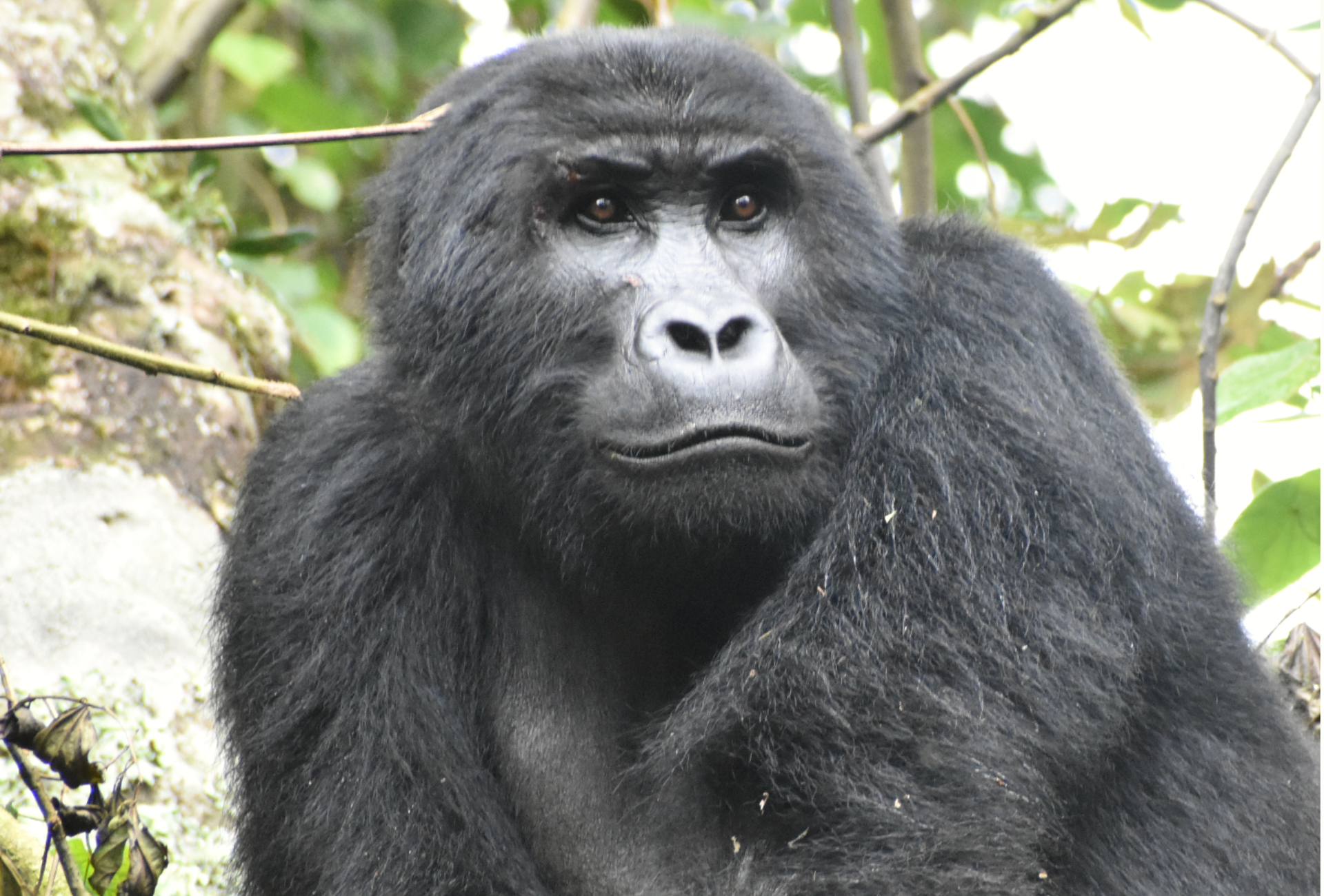
A blackback (juvenile male) Grauer’s gorilla in the Mpungwe group (Photo courtesy of Primate Expertise)
Once a group is selected for habituation, the process requires daily visits by the habituation team over a period of at least 12 months. These visits allow the gorillas to gradually adjust to human presence. During each visit, the habituation team records data such as communication between gorillas, displays of stress from the silverback, and more.
Signs that a gorilla group has reached the final stage of habituation include:
- The group tolerates human presence for at least one hour from a distance of 7–10 meters (7.5–11 yards).
- The silverback does not display dominant behavior like chest-beating and barking more than four times during a visit.
- Group members do not display signs of stress.
- Group members largely ignore human presence and focus on their daily activities, such as eating and resting.
To habituate the Mpungwe group, Primate Expertise assembled a team of eight rangers and four trackers. All team members were trained to safely track the gorilla group and record progress toward habituation.
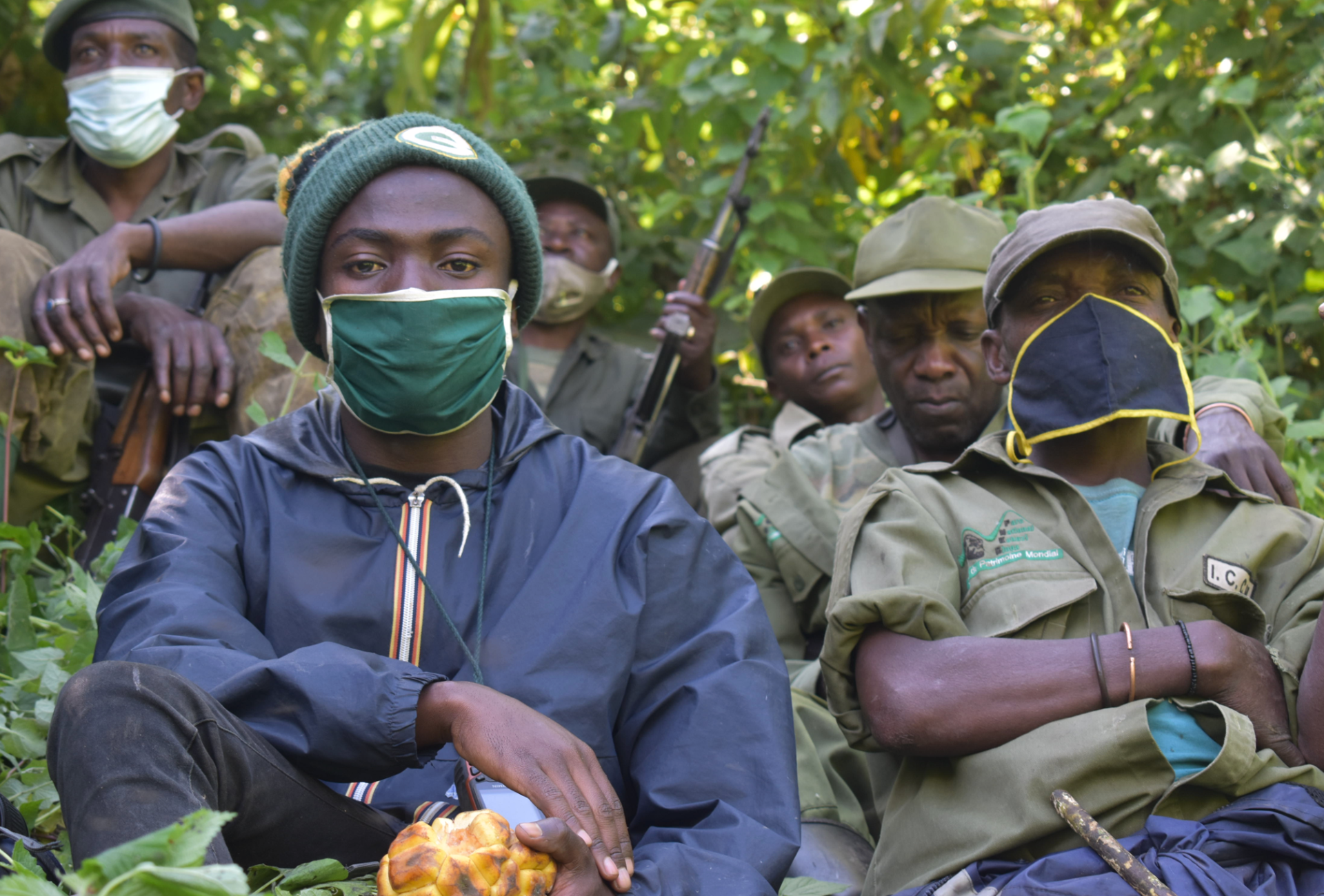
Members of the Primate Expertise habituation team at a field campsite (Photo courtesy of Primate Expertise)
Our Commitment to Grauer’s Gorillas
Gorilla habituation is part of our commitment with Primate Expertise to strengthen gorilla conservation and improve human well-being in eastern DRC. Our work also includes biomonitoring, reforestation through the ApeTrees™ program, and sustainable enterprise development with communities.
Since 2017, the population of Grauer’s gorillas in our project area has increased by an estimated 10 percent. No gorillas have been lost to snaring, and we have recorded 15 gorilla births.
We are pleased to collaborate with the Wildlife Conservation Society, communities, and other partners in and around Kahuzi-Biega National Park. Together, we are working toward a shared vision of growing Congolese capacity for great ape conservation.
Grauer’s gorillas and their forest home are vital to our planet. Please make a gift today to help us scale our reach and impact for Grauer’s gorillas and communities in the DRC. If you would like to visit Grauer’s gorillas, learn more via Kahuzi-Biega National Park.

